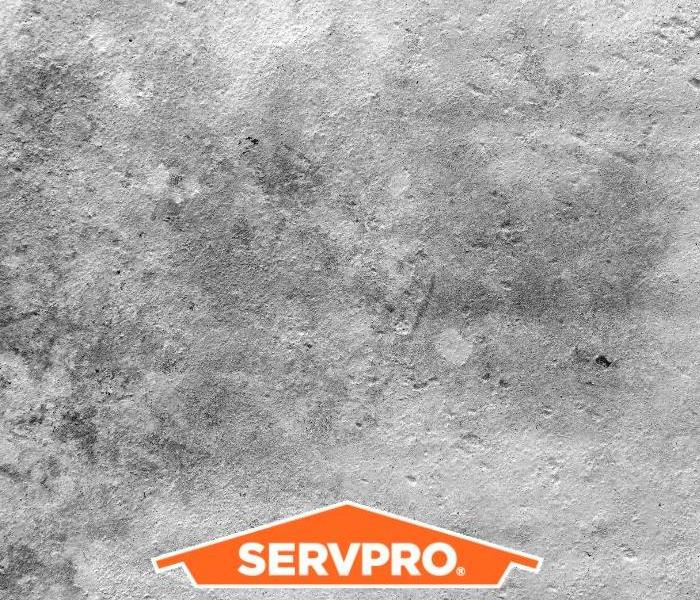Removing Black Soot from Fire Damaged Concrete
5/19/2023 (Permalink)
After a structural fire, even if there isn’t a lot of structural damage, the clean-up required can mean hours and hours of hard work. Afterwards, to ensure that entry is safe, a structural engineer must check concrete and other affected masonry surfaces. The restoration process can begin once an area has been thoroughly cleaned.
One characteristic of concrete is its natural heat resistance. So, structures made of concrete - think vehicle tunnels, parking garages, etc., will often suffer damage only to the surface as the result of a fire. Black soot and smoke damage are fairly common. Cracking (also referred to as spalling) may occur if the fire gets hot enough to hear the structural steel that exists within the concrete in some structures. How long a fire burns can have everything to do with the severity of damage issues. Potentially, concrete could be rendered unsalvageable if its physical characteristics are changed due to a severe fire.
Cosmetic Fire Damage
The process of removing soot from concrete is relatively straightforward. For removing soot, there a couple of approaches that may be used:
- Using abrasive blasting to exfoliate the surface and reveal the surface below, which is clean.
- Use water and various chemicals to wash the soot away. Multiple attempts may be needed to remove the soot, which is a lengthy process. Even after the visual damage has been removed, deep within the concrete the smell may have permeated and will remain. Additionally, so that any runoff doesn’t flow into sewers or storms when executing a liquid-based cleaning method, great care must be taken regarding runoff collection.
Severe Fires
If the fire has been severe enough that spalling and cracking on smooth surface concrete layers has occurred, this changes things. Prior to reapplying a skim coat, a rough surface may need to be created on the concrete by a contractor. CSP - a standard to which the rough surface is held - was created by the ICRI (International Concrete Repair Institute). The new coating being applied, or the new layer of concrete, will help determine the level of roughness required.
This roughness cannot be created by chemical cleaning or water cleaning. For creating the roughness referred to here, the best option is abrasive blasting. Occasionally, contractors may use hand tools, so that in one step, surface roughing and soot removal can be carried out.
Sponge Blasting
During this process, the smell of fire should be removed from the concrete at the same time the soot layers are removed. Surfaces that are sponge blasted may actually end up being cleaner than they were before the fire, as long as no spalling or cracking has been sustained by the skim coat. Surface soot damage sustained by the concrete is easily removed in this manner.
If you need concrete cleaned due to soot and fire damage, SERVPRO of Hoboken/Union City are your guys.
About SERVPRO Team Harvey
SERVPRO of Hoboken/Union City is proudly owned by Lance and Jennifer Harvey - a husband and wife duo that owns three other SERVPRO locations, including SERVPRO of Lower Manhattan, SERVPRO of West Somerset County, and SERVPRO of Aberdeen/Holmdel.
We understand the stress and worry that comes with a fire or water damage and the disruption it causes your home or business. Our goal is to help minimize the interruption to your life and quickly make it “like it never even happened.”






 24/7 Emergency Service
24/7 Emergency Service
